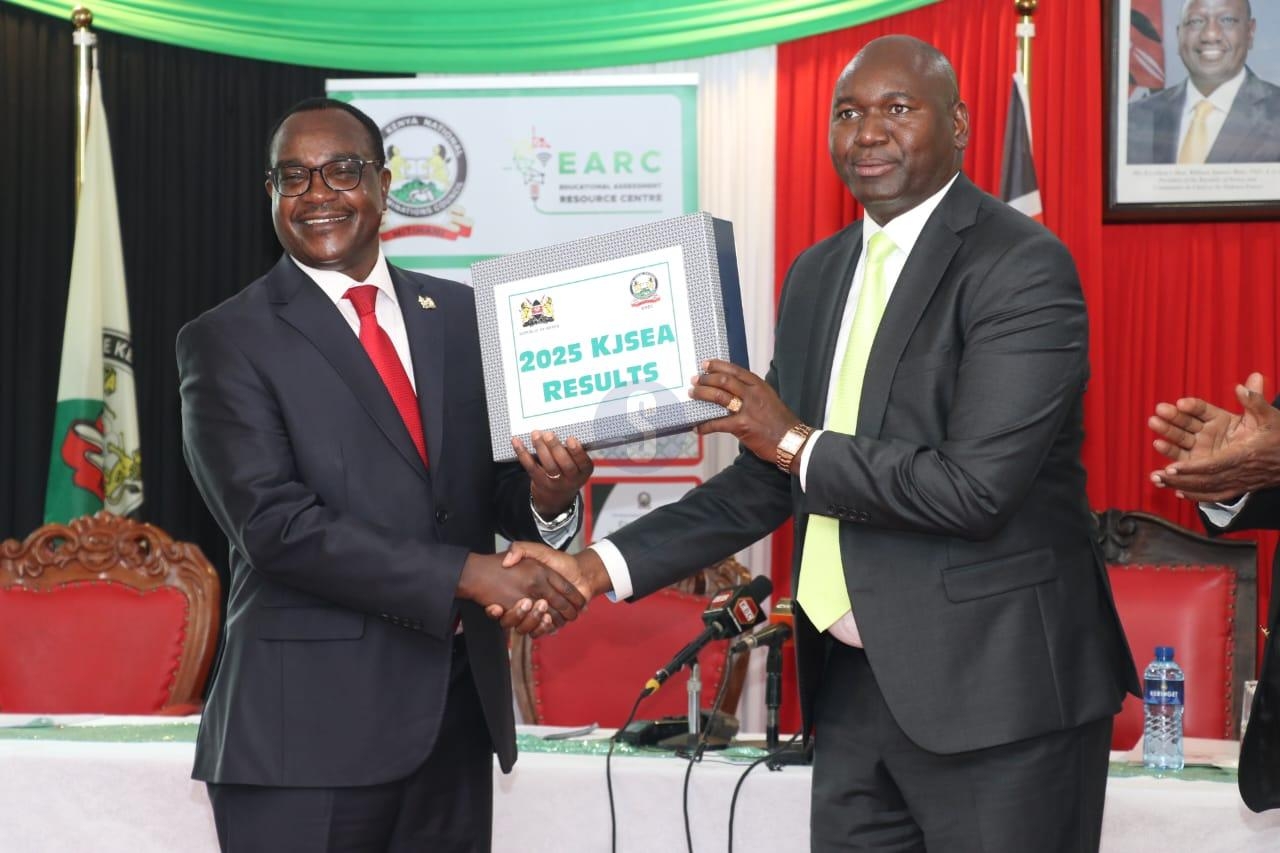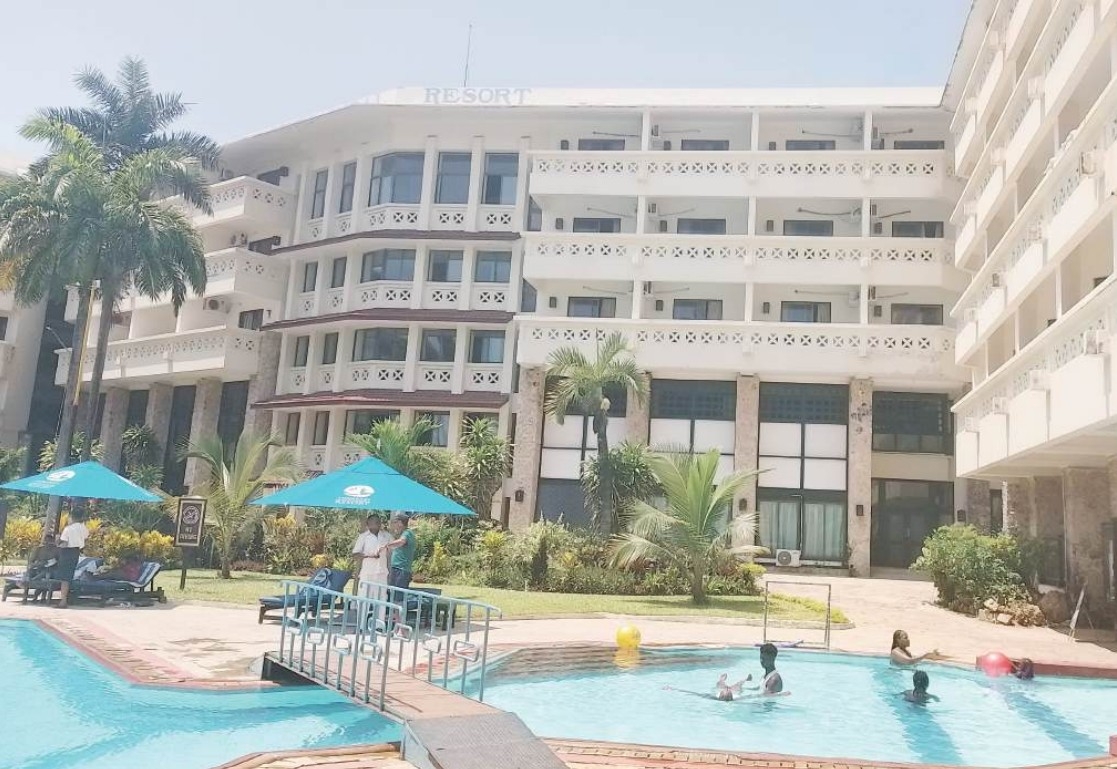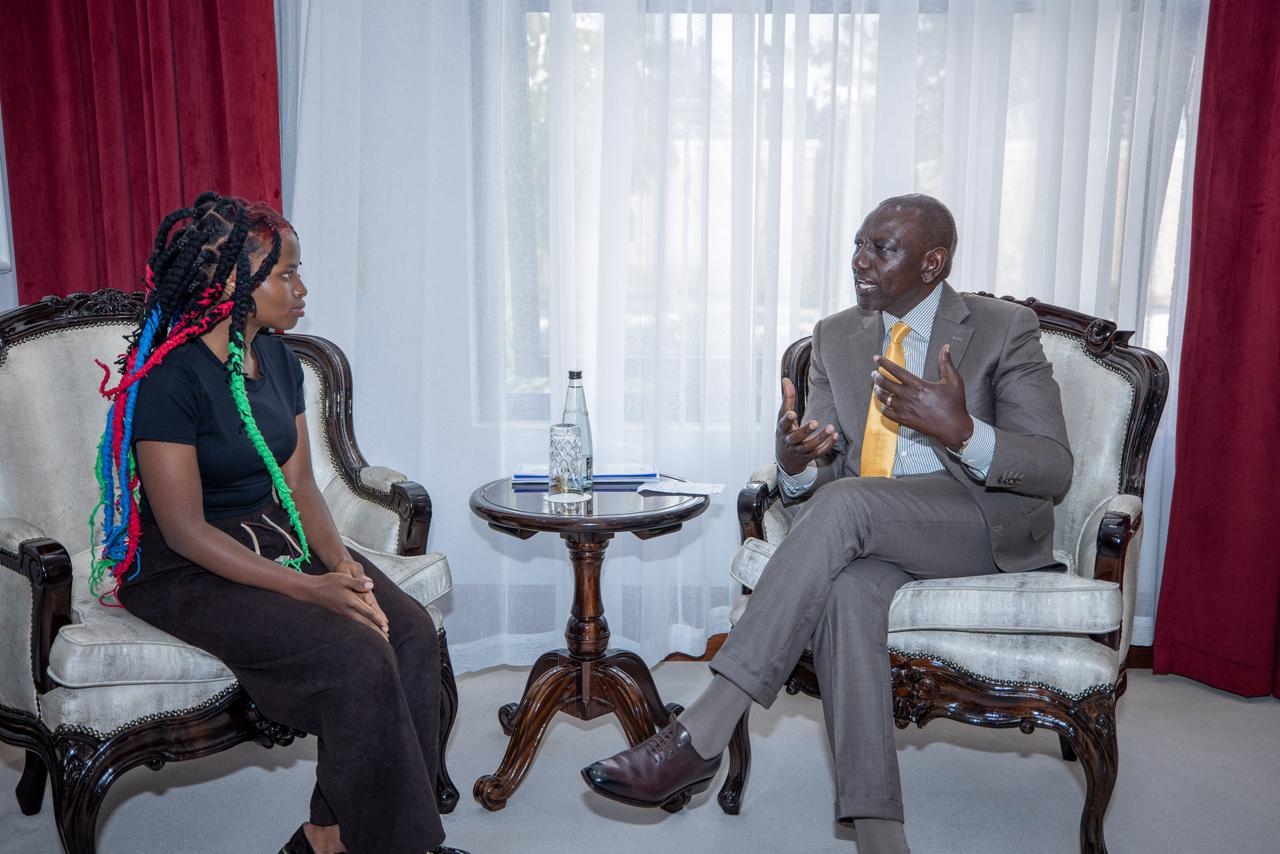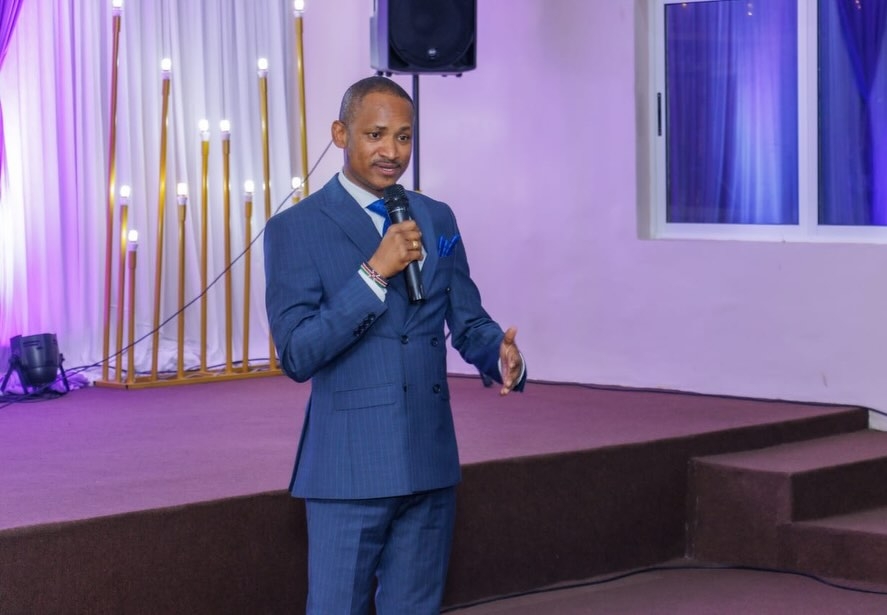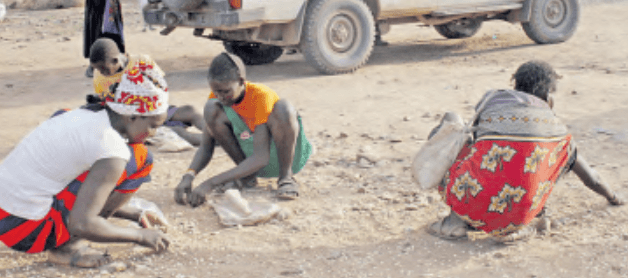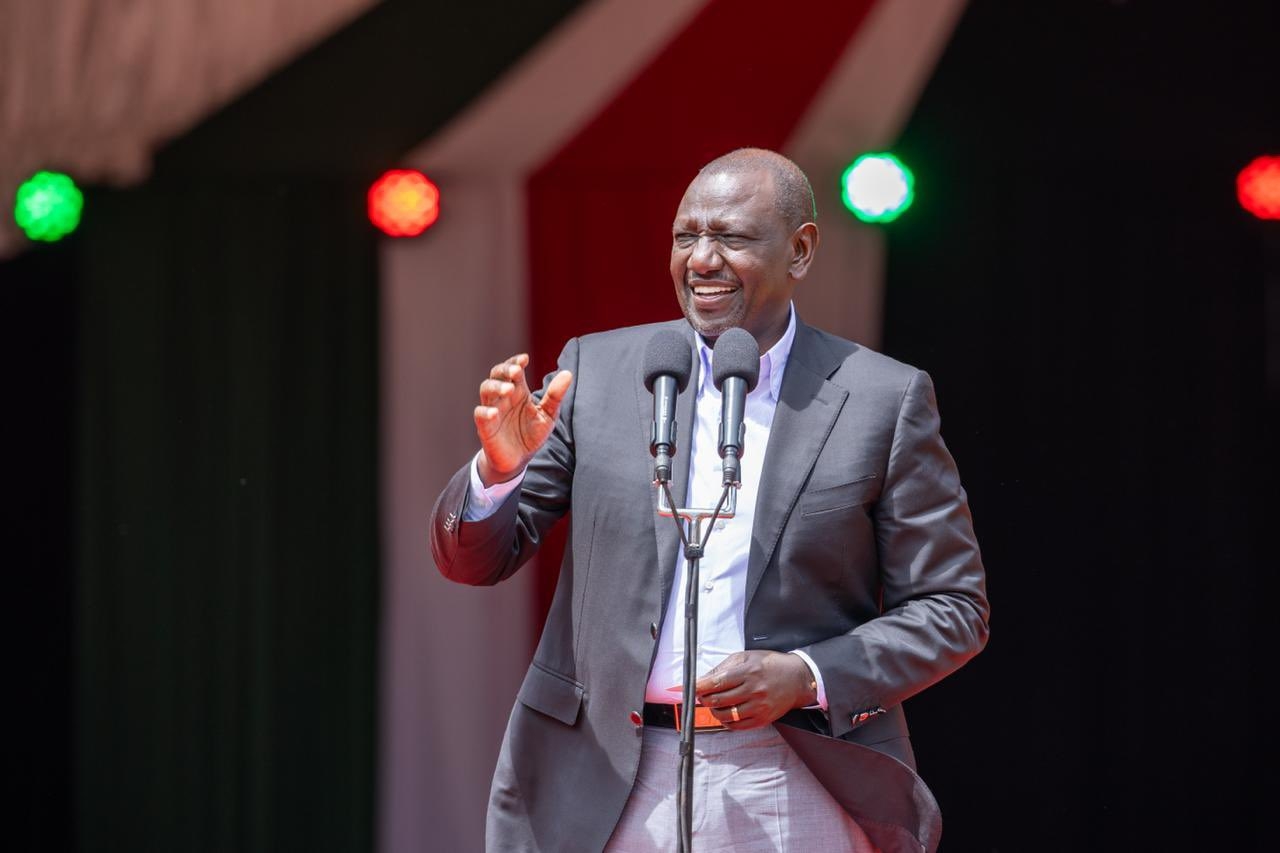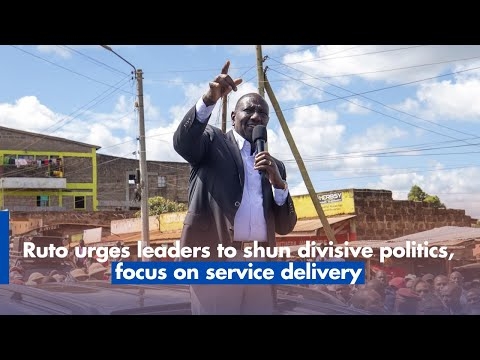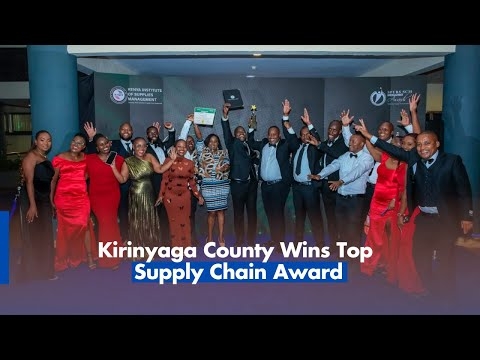
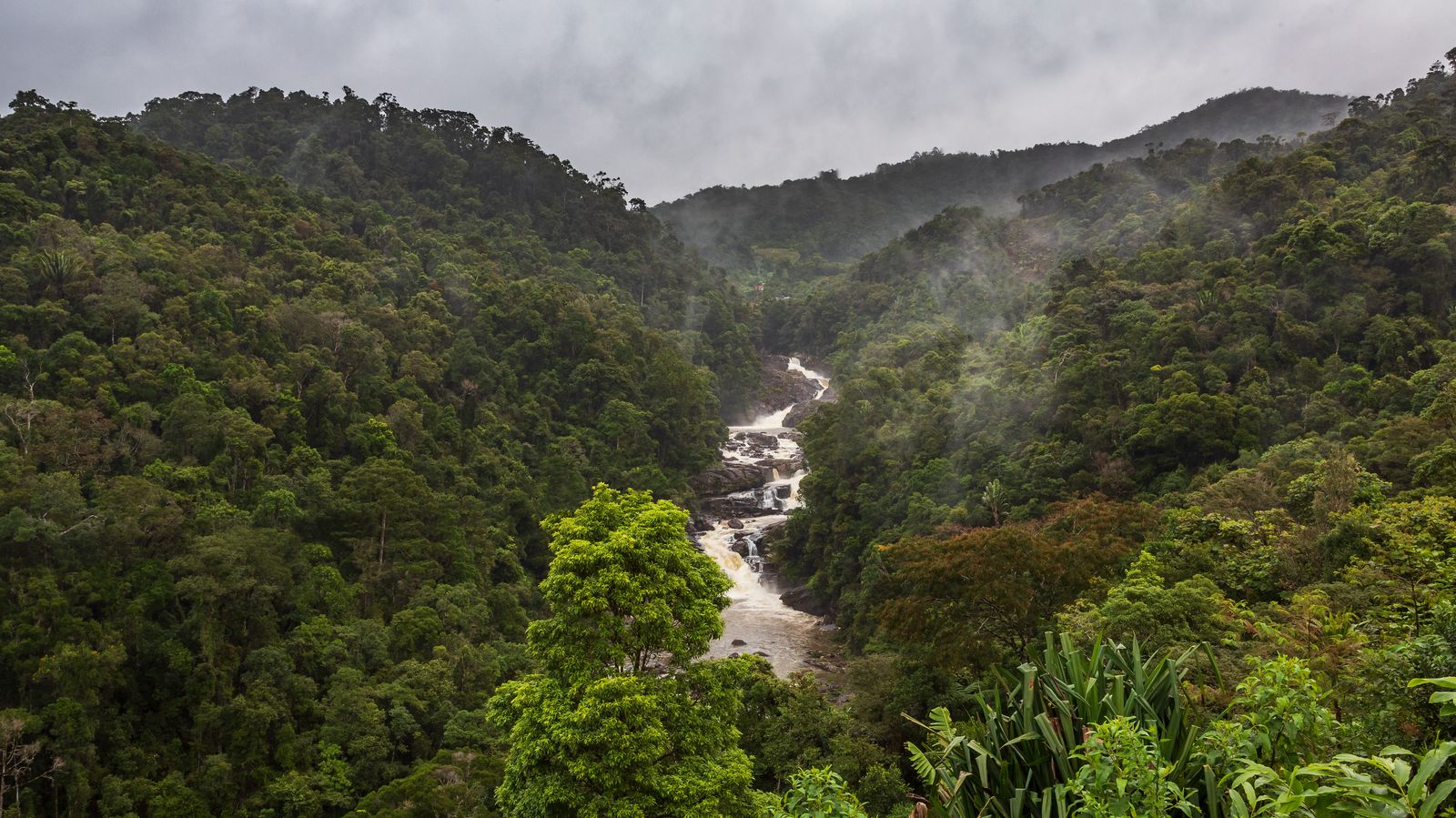
As ministers gather in Nairobi this July for the African Ministerial Conference on the Environment (AMCEN), the world will again focus on Africa’s response to the Kunming-Montreal Global Biodiversity Framework. Central to the conversation is Target 3—the “30x30” goal—aiming to protect 30% of the planet’s terrestrial and marine areas by 2030.
The framework is a global agreement adopted at the 2022 UN Biodiversity Conference (COP15).
But for Africa, this target cannot simply be about numbers. It must represent a transformational shift in how conservation is approached, financed, and governed.
Africa harbours nearly a quarter of the world’s biodiversity, from the Congo Basin to the Miombo woodlands and vast marine systems. These ecosystems are the backbone of the continent’s food systems, water sources, climate resilience, and economic productivity. Yet, paradoxically, Africa receives less than 10% of global biodiversity finance. This is not only unjust—it is unsustainable.
From numbers to transformation
Too often, global goals are applied in Africa without sufficient regard for historical realities and local contexts.
Protected areas in Africa—now covering over 17% of the continent—have played a vital role in preserving biodiversity. But their history is fraught with exclusion.
During the colonial era, more than 14 million Africans were displaced in the name of conservation. Entire communities were separated from ancestral lands, stripped of their livelihoods, and silenced in decision-making processes.
This cannot be repeated under the guise of 30x30. A conservation approach that fails to learn from the past is bound to replicate its injustices.
Target 3 must not be implemented as a land grab masked as environmental ambition, but as an opportunity to correct course and advance a rights-based, people-centred model of conservation.
This means integrating Indigenous and Community Conserved Areas (ICCAs), sacred sites, and Other Effective Area-Based Conservation Measures (OECMs) into national conservation strategies.
It means recognising that for many African communities, conservation is not new. It is deeply embedded in customary governance systems and traditional ecological knowledge that have safeguarded biodiversity for generations.
Communities and youth at the forefront
Across Africa, local communities and young leaders are already demonstrating what inclusive conservation looks like.
In Malawi, youth networks have restored degraded lands by planting tens of thousands of trees through school-led agroforestry programs.
In South Africa, young urban planners are blending traditional rural practices with modern city planning to advance resilience. In the DRC, young entrepreneurs are promoting organic agriculture and climate-smart farming as tools for both food security and ecological restoration.
These are not fringe activities. They are blueprints for how conservation and development can reinforce one another. Yet such initiatives often operate on shoestring budgets, are sidelined from formal policymaking, and are invisible in international finance flows. This must change.
For conservation to be inclusive and effective, it must invest in the next generation of African leaders. This can be done through building capacity, networks, and policy engagement for youth, women, and Indigenous leaders alike.
Aligning conservation with development
A key failure of current conservation models is the artificial separation of nature and development. Biodiversity is often treated as an environmental concern, rather than a development imperative. This is a dangerous misstep, especially for Africa.
Ecosystem degradation in Africa directly undermines agriculture, energy security, public health, and national economies. Yet most national development plans, budget processes, and procurement systems still ignore biodiversity altogether. This disconnect fuels unsustainable projects—from dams to roadways to monoculture farming—that degrade nature under the banner of progress.
We need a new paradigm where conservation is not a cost to development but a pillar of it. The Global Biodiversity Framework provides an opening to reposition biodiversity as critical infrastructure.
Governments should integrate biodiversity into national accounts, adopt natural capital accounting tools, and build policy coherence across agriculture, infrastructure, and finance ministries.
Regional bodies such as the African Union and economic communities like SADC and ECOWAS must also step up to champion biodiversity integration across borders and sectors. The African Green Stimulus Programme and Agenda 2063 are key platforms to ensure that biodiversity goals are woven into Africa’s broader socio-economic fabric.
Fixing the finance fault line
The success of Africa’s conservation vision hinges on closing the finance gap. It is indefensible that a continent housing 25% of the world’s biodiversity receives less than a tenth of the resources allocated globally to protect it.
Africa faces a biodiversity finance shortfall of approximately USD 700 billion annually. Yet much of the existing funding is donor-driven, fragmented, and short-term. Protected and community-conserved areas remain vulnerable to political shifts and donor fatigue.
Africa needs long-term, predictable, and African-led financing strategies. These must prioritise direct support to Indigenous Peoples, local communities, youth, and women.
Equally important is domestic resource mobilisation. Governments must dedicate national budgets to conservation, integrate biodiversity into fiscal policy, and incentivise the private sector to invest in natural capital. The time has come to treat conservation as a development investment, not just an ecological necessity.
A Renewed Global Partnership
As AMCEN 2025 convenes, a clear message must emerge: for Africa, 30x30 is not a numerical finish line—it is a moral and strategic turning point. It must be implemented not with blueprints from Geneva or Washington, but through a renewed partnership grounded in Africa’s realities, aspirations, and leadership.
This is not a call for charity—it is a demand for justice. The world must recognise Africa’s sovereignty over its natural resources and align global conservation goals with the legitimate development ambitions of its people.
Governments, financial institutions, conservation organisations, and the private sector must commit to a renewed partnership with Africa. This partnership must be based on mutual respect, backed by adequate financing, and rooted in rights.
Omer Ntougou Ndoutoume is the Executive Secretary, National Parks Agency of Gabon and is a member of the Africa Protected Areas Directors’ Network (APAD)



